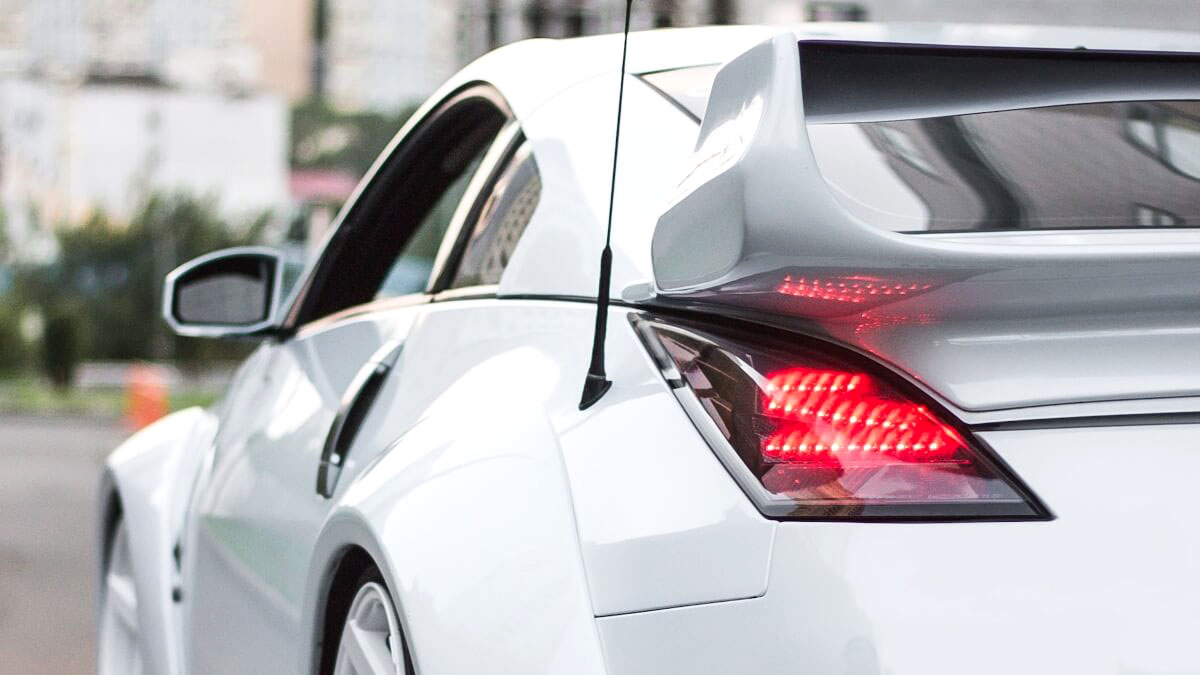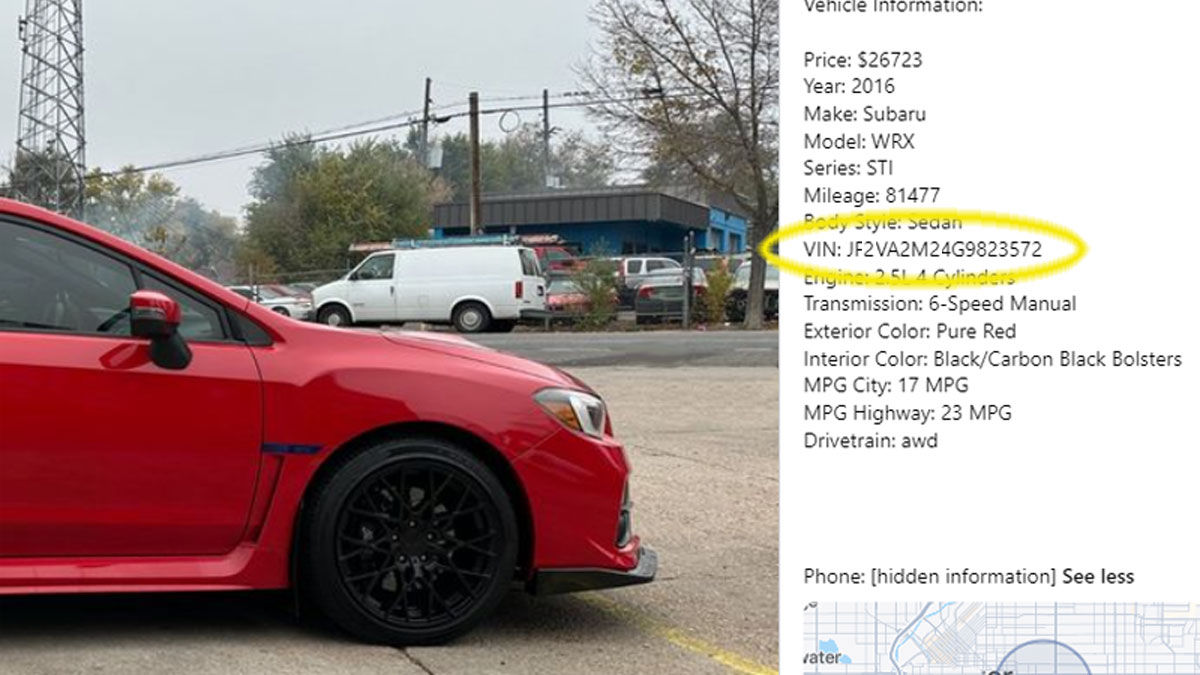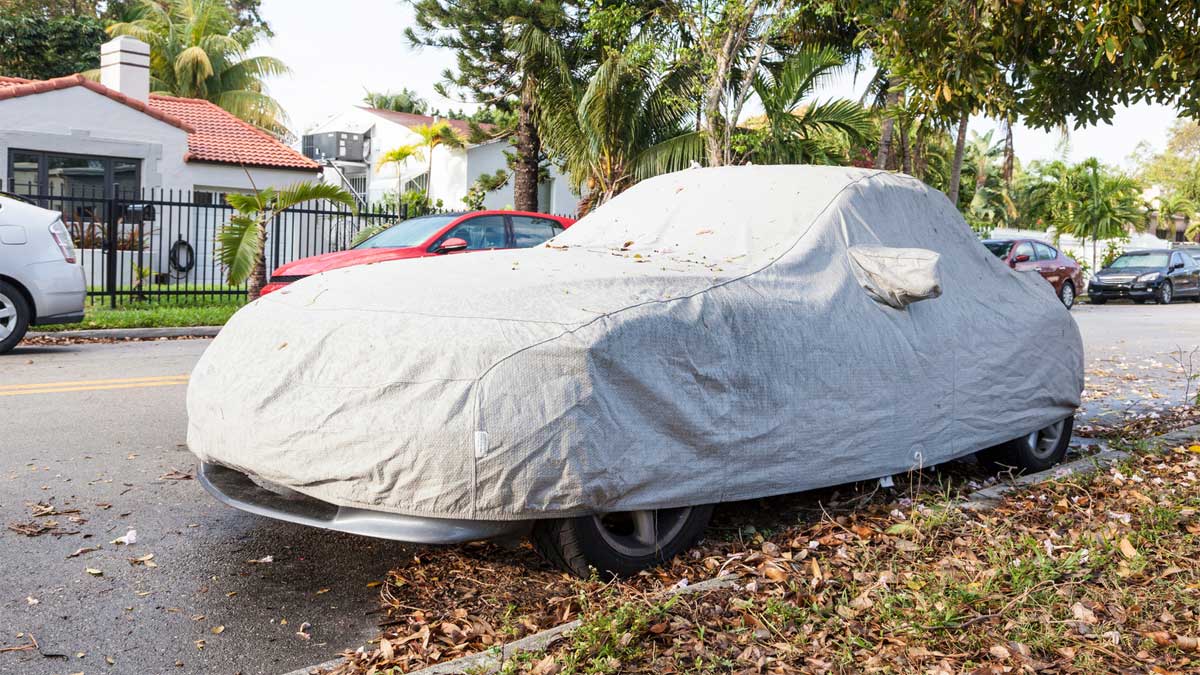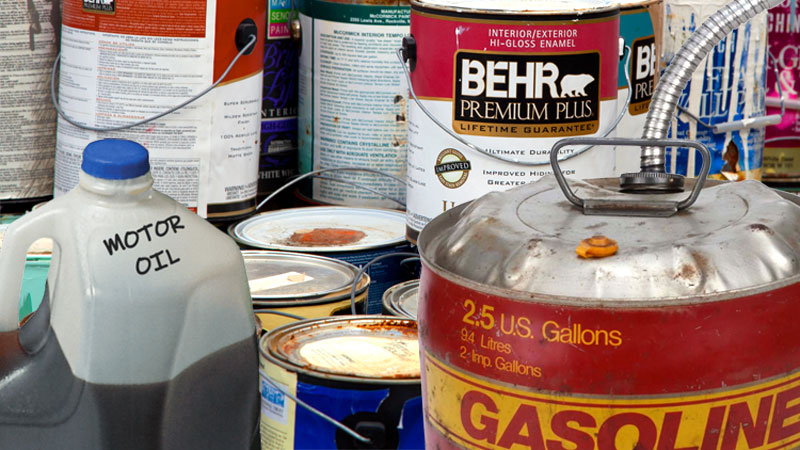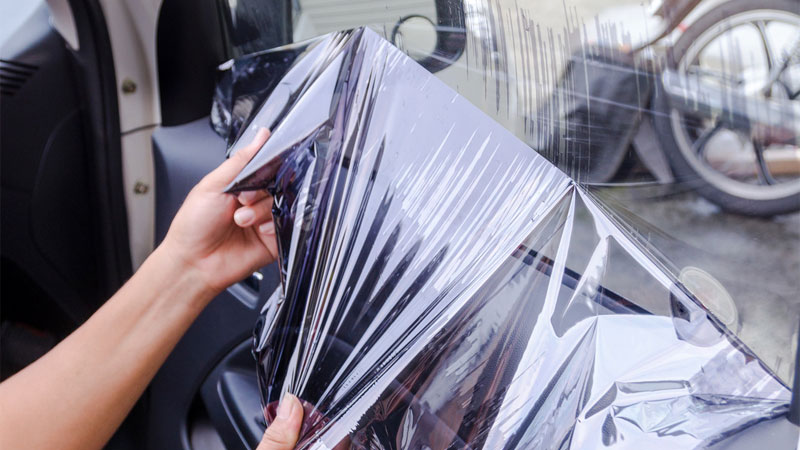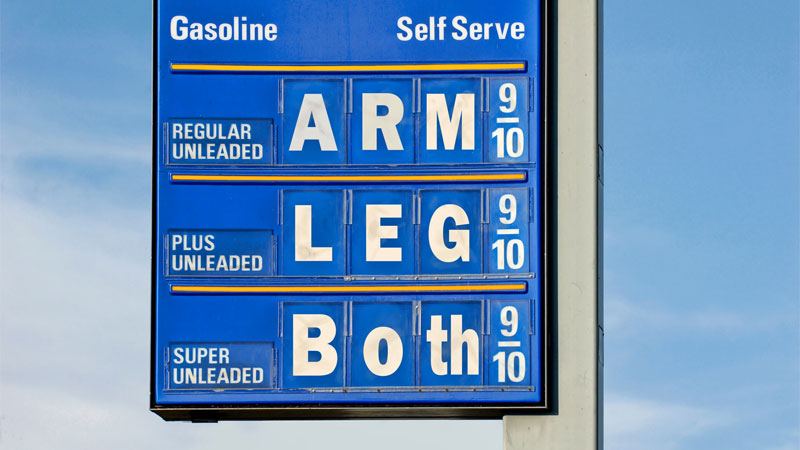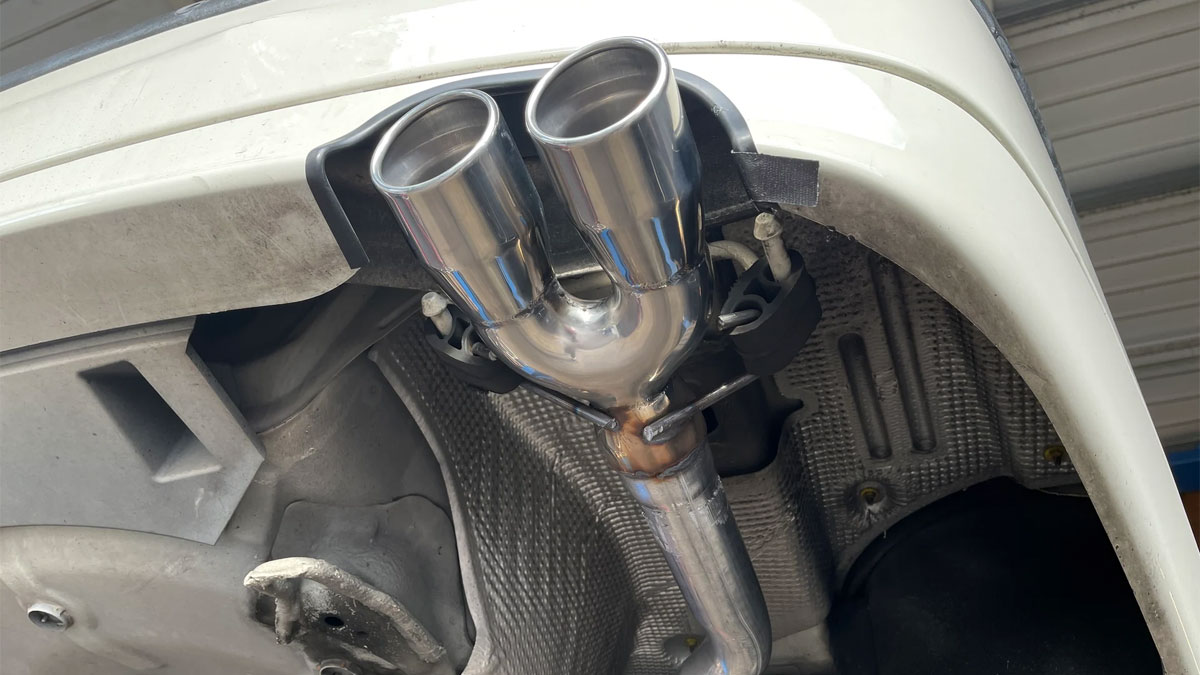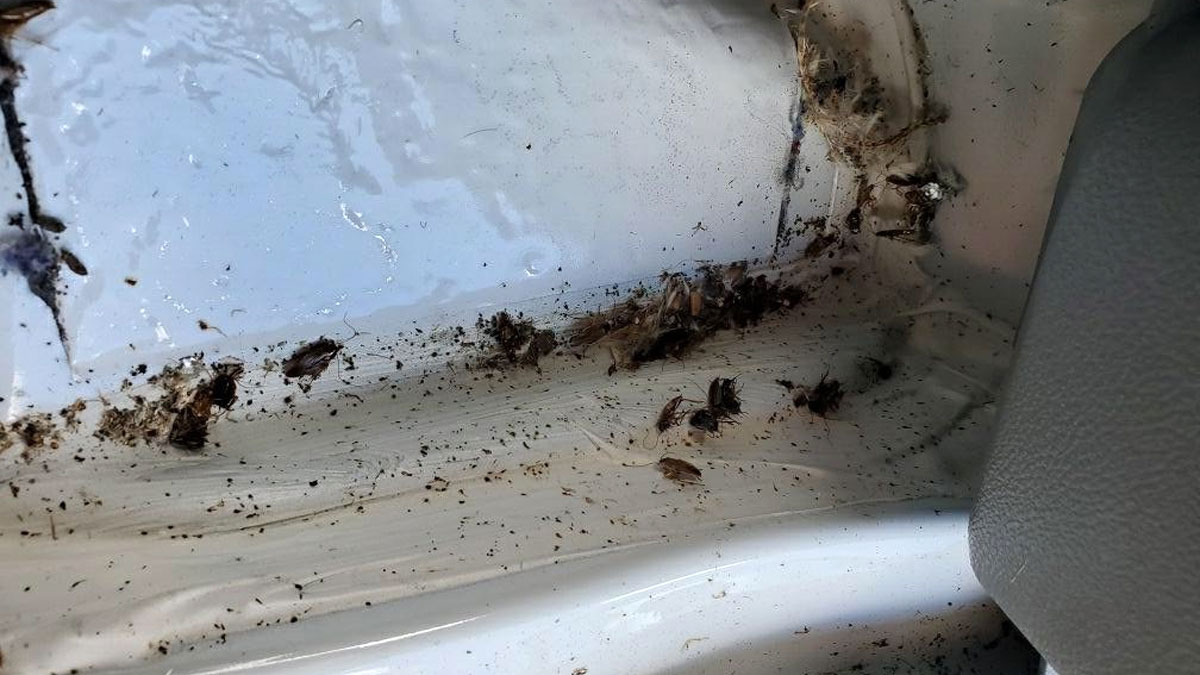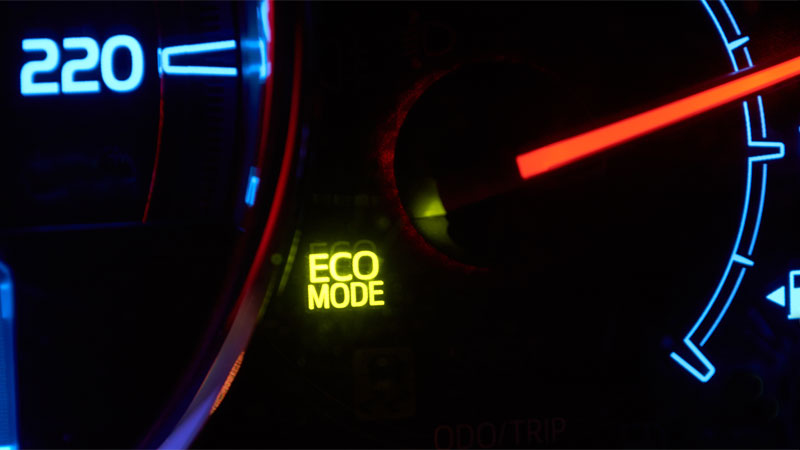7 Car Mods Worth Considering (and 7 to Avoid at All Costs)
Car owners can theoretically make dozens of modifications to their vehicles’ interior and exterior. However, just because a particular mod is available doesn’t mean a car enthusiast should buy it. Some have no relevant impact, but in some cases, they can negatively affect the vehicle’s performance. Here are a few … Read more

